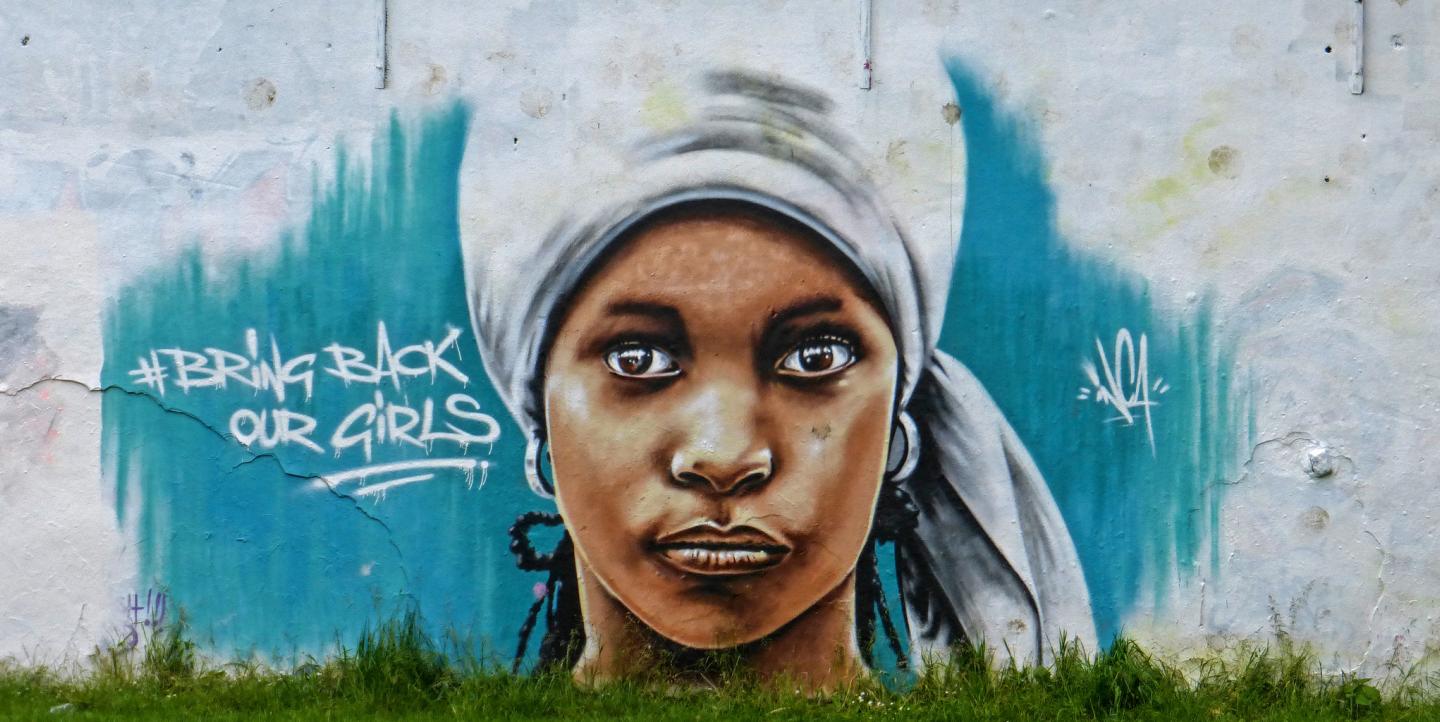As the speaker strode to the podium, his topic flashed on the screen behind him: “The ethical challenges of reporting on violent extremism.”
In his talk, Nigerian journalist Abdullahi Tasiu Abubakar referred to his research on Boko Haram — a deadly insurgency in his homeland — to highlight complexities and risks of the terrorism beat.
“Boko Haram insurgents have killed journalists, and attacked and bombed news outlets for what they consider to be unfavorable coverage,” said Abubakar, a prize-winning reporter and editor-at-large for Daily Trust, a newspaper in the country’s capital, Abuja.
Abubakar teaches journalism at City, University of London, and has worked for BBC World News as a correspondent in Nigeria.
For his study on terrorism coverage, he gathered information from interviews with 32 Nigerian journalists, and through the analysis of Boko Haram videos and press releases from the Nigerian security forces.
During his presentation at a media ethics conference in Doha, Qatar, in January, Abubakar described a “complex but symbiotic relationship between the news media and violent extremism.”
Terrorists weaponize media to advance their causes while the media “feeds off” the opportunities to report on their activities, Abubakar told an audience of journalists and media educators.
For the media, reporting on terror is a double-edged sword — both harming and helping communities plagued by violent groups.
The public has a right – and need – to know what is happening in their communities and how they can protect themselves. Journalists are on the frontlines, functioning as society’s watchdog.
Yet, news coverage and social media give terrorists exactly what they covet most: A platform to spew propaganda, extol their cause and swell their ranks. Some say that journalists are terrorists’ best friends due to the exposure they provide.
Boko Haram gained notoriety with the abduction and enslavement of 276 Nigerian school girls in April 2014. Over the years, they have sparked terror with beheadings, assassinations and mass executions.
“They staged those attacks to attract media attention. It is a component of their strategic communications campaign, which they carry out relentlessly,” wrote Abubakar in his research. It is impossible for the media to ignore the carnage and keep citizens informed at the same time.
Boko Haram’s actions have “intense negative consequences and are therefore deemed newsworthy. This, and the militants’ media savviness, enhance the media presence of the group,” he wrote in his research.
Abubakar pushes for news organizations to provide safety training for staff, initiate policy changes and enhance ethics codes to address terrorism coverage in his country.
IJNet identified resources that can help journalists and news managers define and implement, policies that straddle the line between too much, and too little, coverage.
These resources are free, user-friendly and contain links to other reports on the topic. They are critical reading for top newsroom staff that work in areas regularly affected by terrorist organizations, and should be used to update ethics codes to deal with the special demands of reporting on violent extremism at home or abroad.
UNESCO’s handbook “Terrorism and the Media” is a wide-ranging primer for neophytes and veteran journalists. It tends toward the practical, such as avoiding glorifying terrorists, framing terrorism and interviewing outlaw groups like Boko Haram.
Among the handbook’s guidelines on interacting with terrorist groups:
- Don’t allow terrorists to set limits on questioning.
- Explain in the story why the interview was sought and the conditions under which it occurred.
- Correct false statements from interviewees. Give voice to victims, authorities and others involved, not just terrorists.
The handbook also includes a list of resources and “essential reads” on terrorism and the media.
“The Oxygen of Amplification” by Whitney Phillips, a professor at Syracuse University. Whitney interviewed 50 journalists and media experts for the report, which is part of Data & Society Media Manipulation Initiative, 2018. The publication includes best practices for reporting on extremists from several points of view. It is loaded with examples of how the media has handled difficult situations in the past and gives recommendations for today’s media world.
“10 tips for journalists covering extremists” by Mark Pitcavage, senior research fellow at the Anti-Defamation League, provides advice for covering right-wing extremism in the United States. The underlying principles apply to covering extremism anywhere in the world.
One of Pitcavage’s notable tips: When seeking sources, “Don’t settle for low-hanging fruit. The world of extremism is vaster than a handful of people with prominent Twitter accounts.”
“Global Terrorism Index 2018: Measuring the impact of terrorism,” published annually by the Institute for Economics and Peace, offers a broad perspective and excellent background information. The site includes a terror index map, a section on global and regional terror trends, and information about the shifting terrorism landscape. It is a one-stop shop for reporters in pursuit of a quick overview of the world of terrorism.
Sherry Ricchiardi attended the Doha conference and moderated a panel with Abubakar.


